INSTALLATIONS
Discover powerful and thought-provoking installations and sculptures throughout the Viaduct Events Centre by some of Aotearoa New Zealand’s most celebrated artists. Installations at the 2025 Fair included works by STILL x Paererewā, Professor Robert Jahnke, Brett Graham, Bill Culbert, and Tony Oursler.
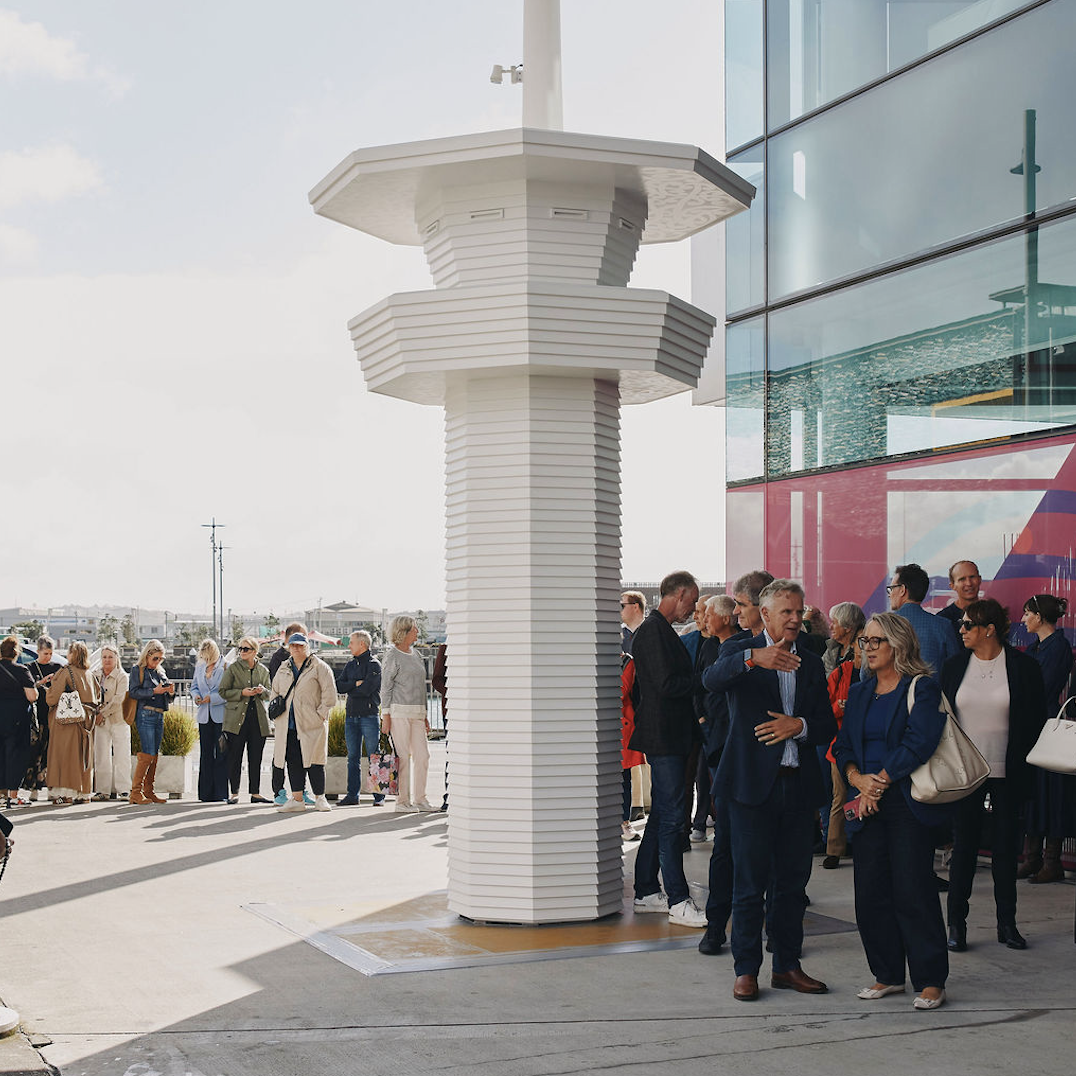
Brett Graham, Te Haumeika (The Homemaker), 2025.
Presented by Gow Langsford.
‘Te Haumeika’ is a transliteration of ‘The Homemaker’ into te reo Māori. The sculpture is a scaled version of ‘Wakefield Dreaming’, which was installed on Waiheke Island as part of Sculpture on the Gulf 2024. This new iteration is exhibited at the Aotearoa Art Fair, situated on the waterfront at the Viaduct Events Centre—offering a layered resonance between land, sea, and the colonial mechanisms of arrival.
Together, the works interrogate the legacy of Edward Gibbon Wakefield—often celebrated as the architect of systematic colonisation in Aotearoa.
Wakefield’s 1849 treatise The Art of Colonization, written during his imprisonment in London’s Newgate Prison, outlined a scheme that relied on acquiring land from Māori at minimal cost in order to settle British emigrants. His theory proposed delaying land ownership to ensure a compliant, landless labour force to generate wealth for Britain. Māori were effectively excluded from this colonial vision—their presence virtually unacknowledged in his writings.
This erasure had devastating and lasting consequences. Wakefield’s project of dispossession underpinned systems that continue to produce inequity for Māori, reflected in statistics such as disproportionately high incarceration rates. These experiences echo those of other Indigenous peoples across the Pacific, including Aboriginal Australians and Native Hawaiians.
By referencing the prison watchtower form—particularly those of Paremoremo Prison, where Māori comprise a significant portion of the inmate population—Te Haumeika and Wakefield Dreaming reframe Wakefield’s colonial ‘dream’ as a carceral reality. Installed in the context of Waiheke, Graham inverts the gaze: it is now the privileged who are subject to observation. The ‘homemaker’ thus becomes a figure both of control and critique, prompting reflection on who truly gets to call this land home.
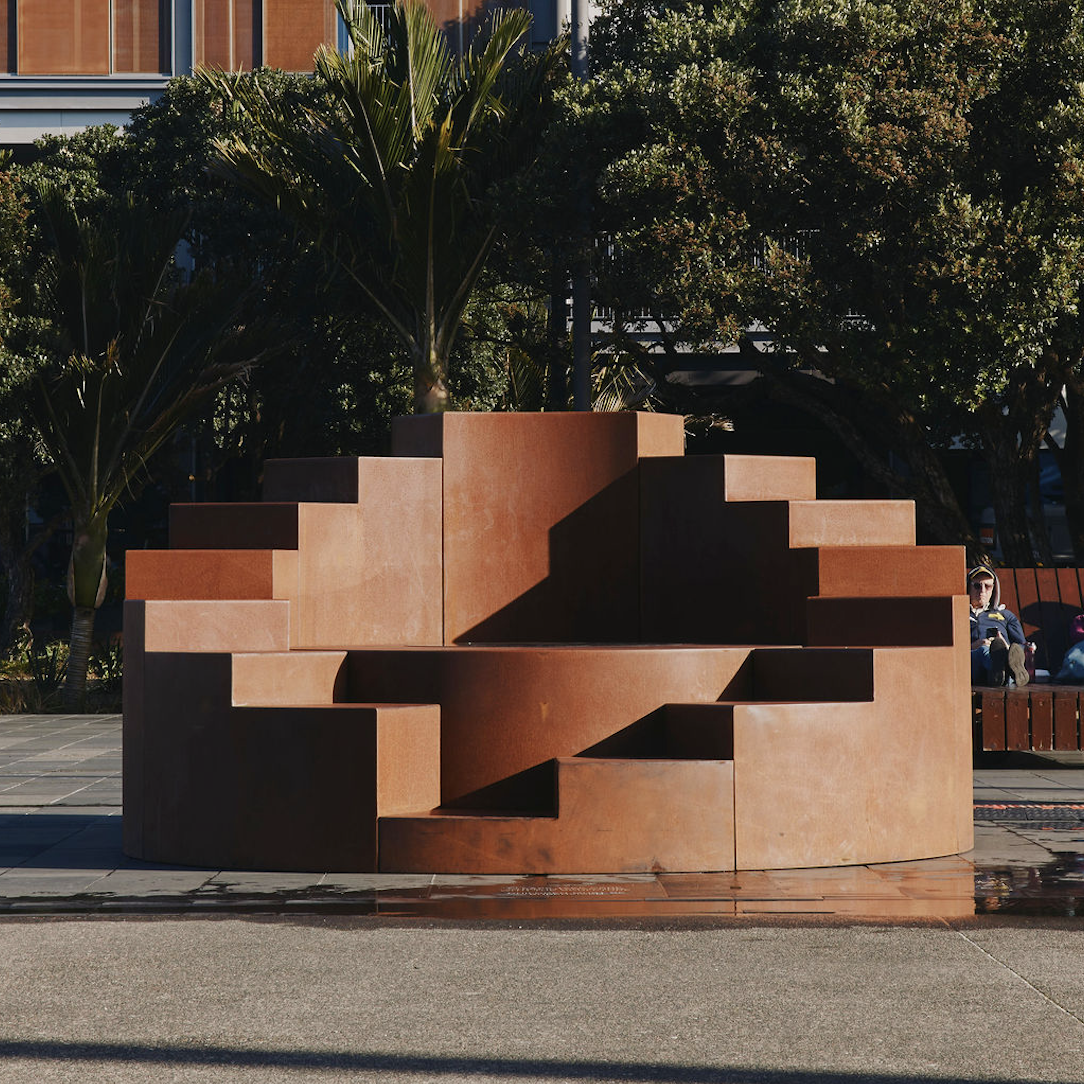
Prof. Robert Jahnke, Ground Zero, 2022.
Presented by PAULNACHE.
Ground Zero, alternatively known as ‘surface zero’, is a parody of a term most often associated with the epicentre of intense activity or change. It is also used in relation to natural disasters and epidemics to mark the locus of destruction and damage. It is used in this instance to mark a centre of change where land that was once owned by Māori is no longer under Māori ownership.
At the centre of the Ground Zero sculpture is an illuminated round neon located within a circular drum of mirrors that create the illusion of a reflection of the circle that appears to reduce in size and to disappear into black void, much like the concentric circles of a bullseye. People are encouraged to ascend and descend the stairs of the sculpture or sit on them; walk around the neon on the cylindrical platform and even walk over the illuminated neon drum; over the epicentre or the bullseye that marks an area of land in which Māori have zero interest; the land on which the sculpture is located.
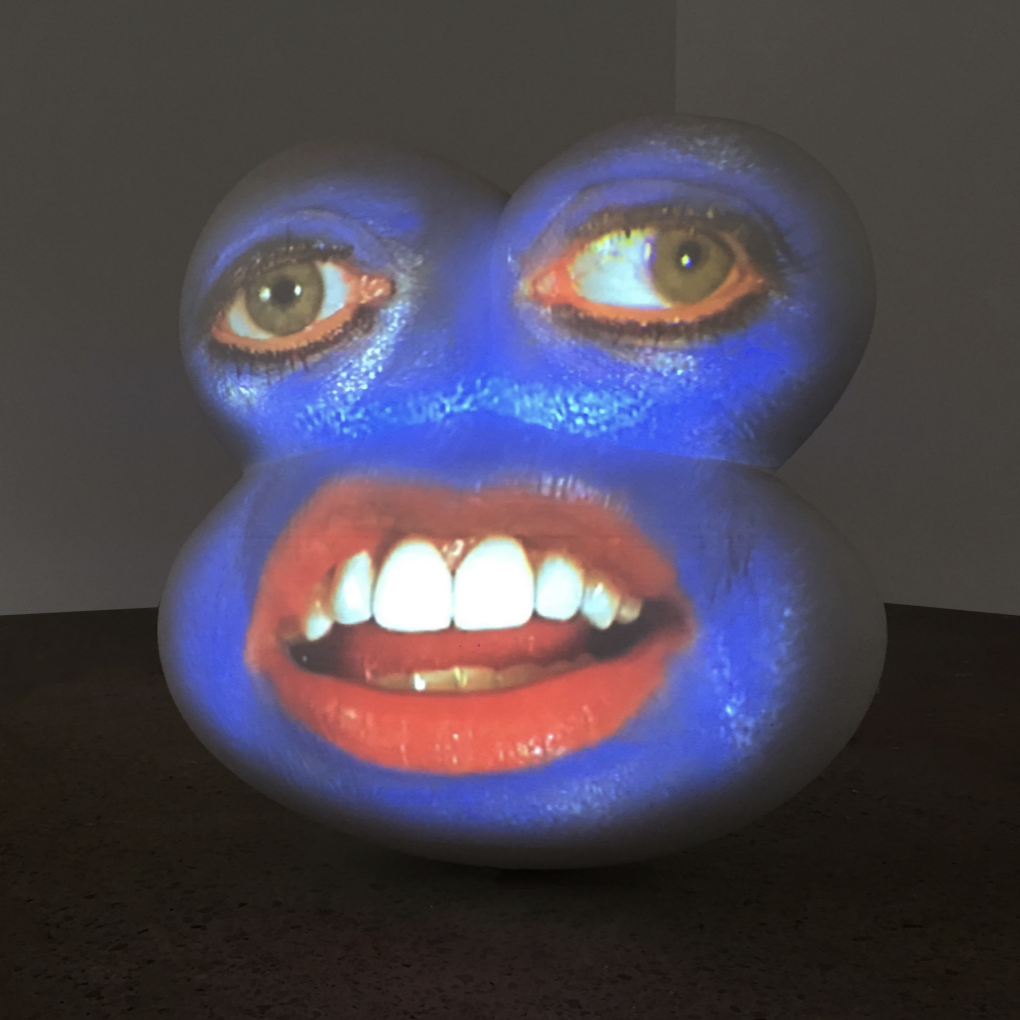
Tony Oursler, Blue, 2006.
Presented by Fox Jensen McCrory/Fox Jensen
Tony Oursler’s art doesn’t just sit still—it talks, blinks, mutters, and occasionally stares into your soul. A pioneer of video art, Oursler has been credited with breaking video free from the flat screen and giving it a wild, weird life of its own. He calls his medium “digital clay”—and once you see it, you’ll understand why.
At the Fair, presented by Fox Jensen McCrory / Fox Jensen, Oursler will be showing Blue (2006), one of his signature works that fuses sculptural form with animated projection in a way that’s both hilariously strange and deeply moving.
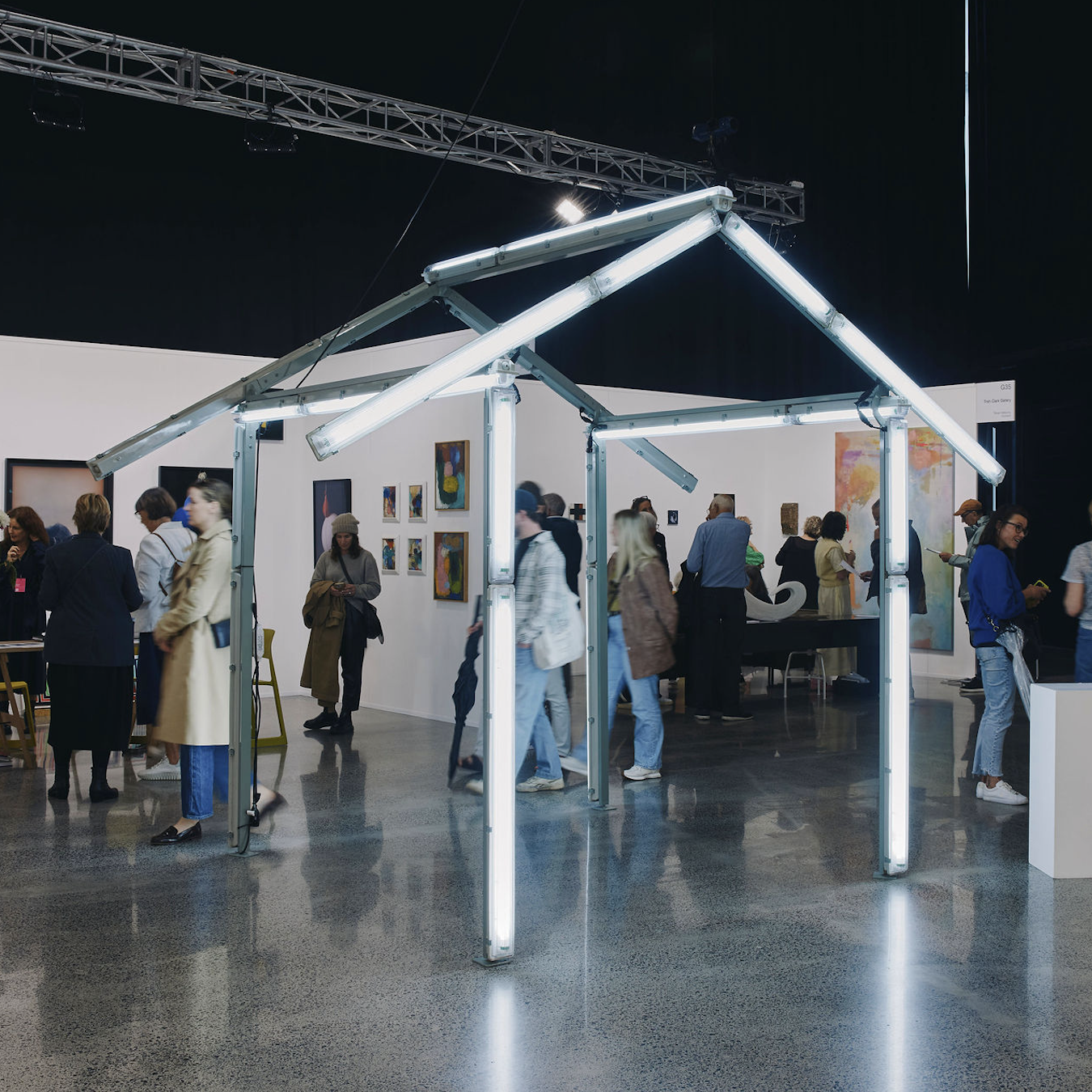
Bill Culbert, HUT II (Made in Christchurch), 2013.
Presented by Fox Jensen McCrory/Fox Jensen.
Bill Culbert’s HUT works were created for the exhibition in Front Door Out Back, presented in the New Zealand Pavilion at the 55th Venice Biennale, 2013. These HUT pieces have since become the visual pinnacle of Culbert’s connection to New Zealand, with HUT II maintaining a succinct provenance, exhibiting thrice in its twelve-year life. It was most recently displayed during the exhibition Blue Cloud, Green Waterfall at the Te Uru Contemporary Art Gallery.
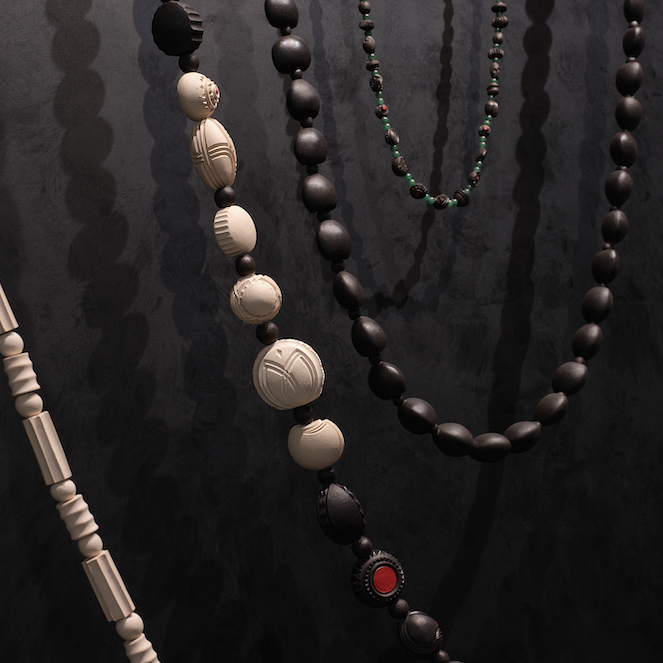
Stevei Houkāmau, Ngaro nga tikanga tuku iho / Lost traditions of my ancestors, 2023.
Presented by Masterworks.
Houkāmau’s individual kākano (seeds) are handmade from uku (clay) and hand-carved, with patterns drawn from Aotearoa and further through the Pacific tracing ancestral routes back to Hawaiki. The unique shape and size of the individual seeds respond to the genealogy line to atua and tūpuna. When joined as a chain, they create a representation of the unbroken whakapapa links that stretch back and stay ever connected.
Here, the uku kākano form a series of garlands evocative of hei / lei – an adornment ubiquitous in the Pacific but not widely seen within te ao Māori today.
Traditionally, hei were made from feathers, plant fibres, seeds or flowers and may adorn poupou, showing the mana of the carved figure. Within Aotearoa, Pacific lei are more easily found, often draped around photographs of whānau members passed, as a way to show aroha and connection.
Through these hei, Houkāmau recognises the disconnections to whenua of both Māori and Pacific whānau through displacement and migration, and the reinterpretation of traditions that happen when these disconnections occur.
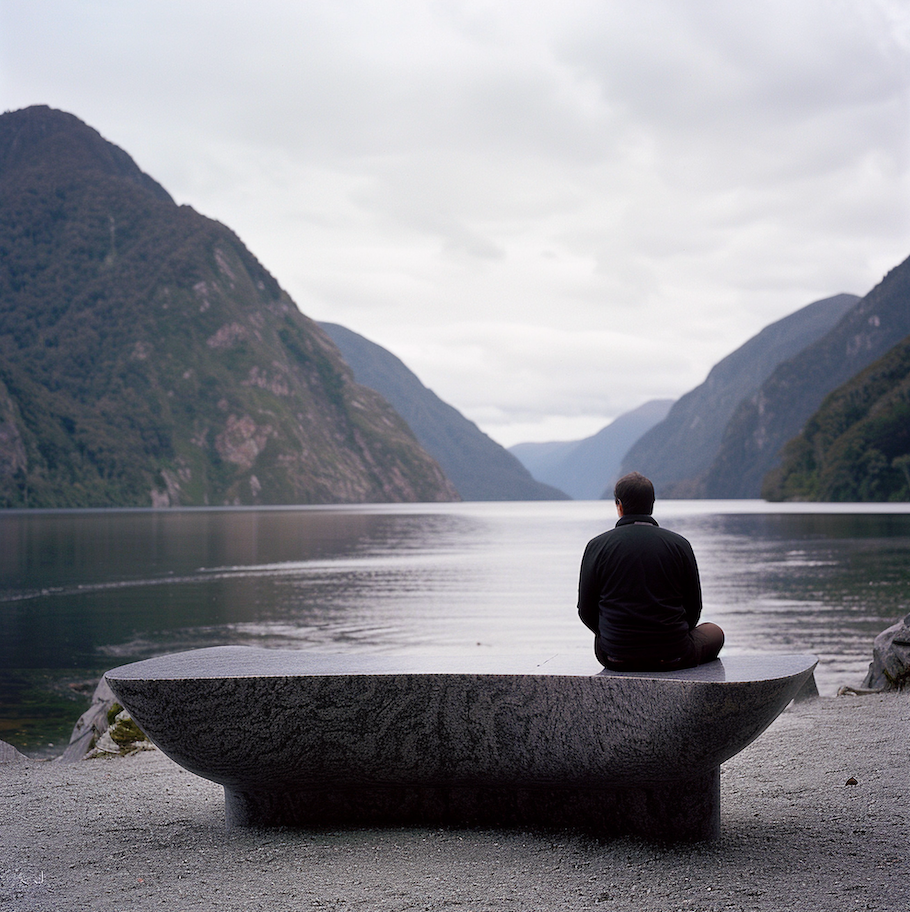
Paererewā – the 1,000 Year Bench Project by STILL
Paererewā is a charitable trust that places thoughtfully designed objects, seats or benches — known as Pae — at selected locations across Aotearoa New Zealand.
1,000 UNIQUE SITES
1,000 YEARS
Paererewā collaborate with individuals, families, tangata whenua, councils and community groups to create Pae that honour significant places or stories, to leave a legacy unlike any other.